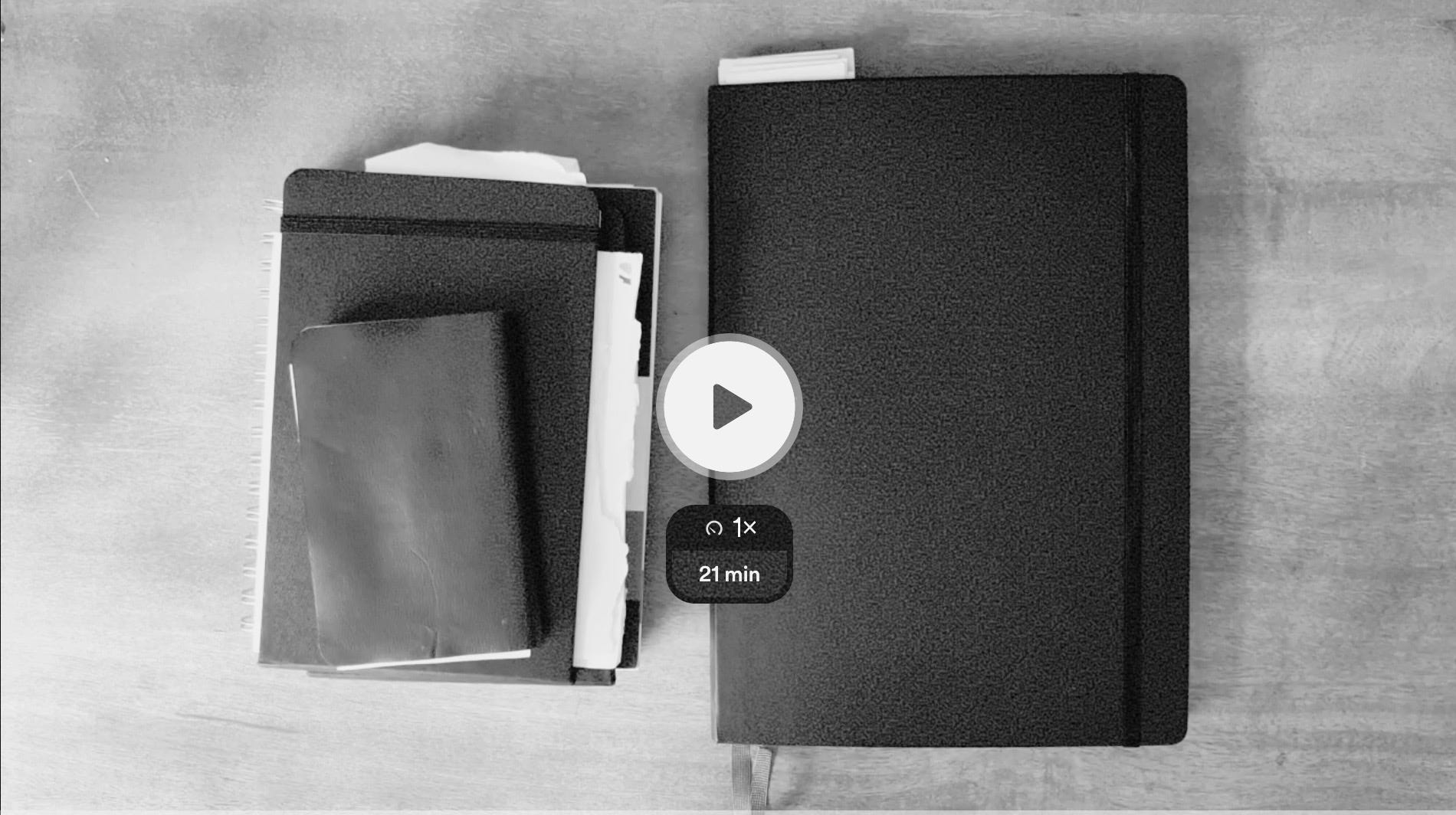Inside my sketchbook pages
Creating artwork is primarily a personal process. After all, physically making artwork is a motor skill, and you can always learn and improve. But sometimes, you visualize something that isn’t quite tangible. An image that your hand can’t quite make yet. What do you do when you can see or feel the next iteration of your work but haven’t found the path to connect where you are now to where you want to go? And once you do, how do you know if it’s good?
I recently had to navigate this question in my own creative practice. It takes both a strong foundation and dedication to skill building to find definition, meaning, and purpose - and hone your style.
At the end of December, I had an idea in my head for a body of work, but I needed more intuition to see how I could communicate it in the form of visual art. So, I turned to my sketchbook - a tool where I find refuge in my creative practice. I collected a generous amount of lines, marks, and gestures - some better than other. This dedication and awareness of my artistic development propelled me forward as my sketches became more refined than the last, and my ideas came into clear focus.
While I worked, I thought I would document the process and include it as a supporting video inside the Practicing Artist to illustrate what artistic development looks like. Take a look inside the program, and watch the video here.
Time and time again, I believe artists will always be asking the same question. And to that, I will always encourage to learn how to develop your artwork. Learning how to develop my work is the highest asset to my creative practice. It renders me the ability to work through challenges when feeling stuck, find company and solitude in a rather isolating career, and feel an un-paralleled confidence. All of which, you can imagine, makes many other parts of my creative practice a breeze.



